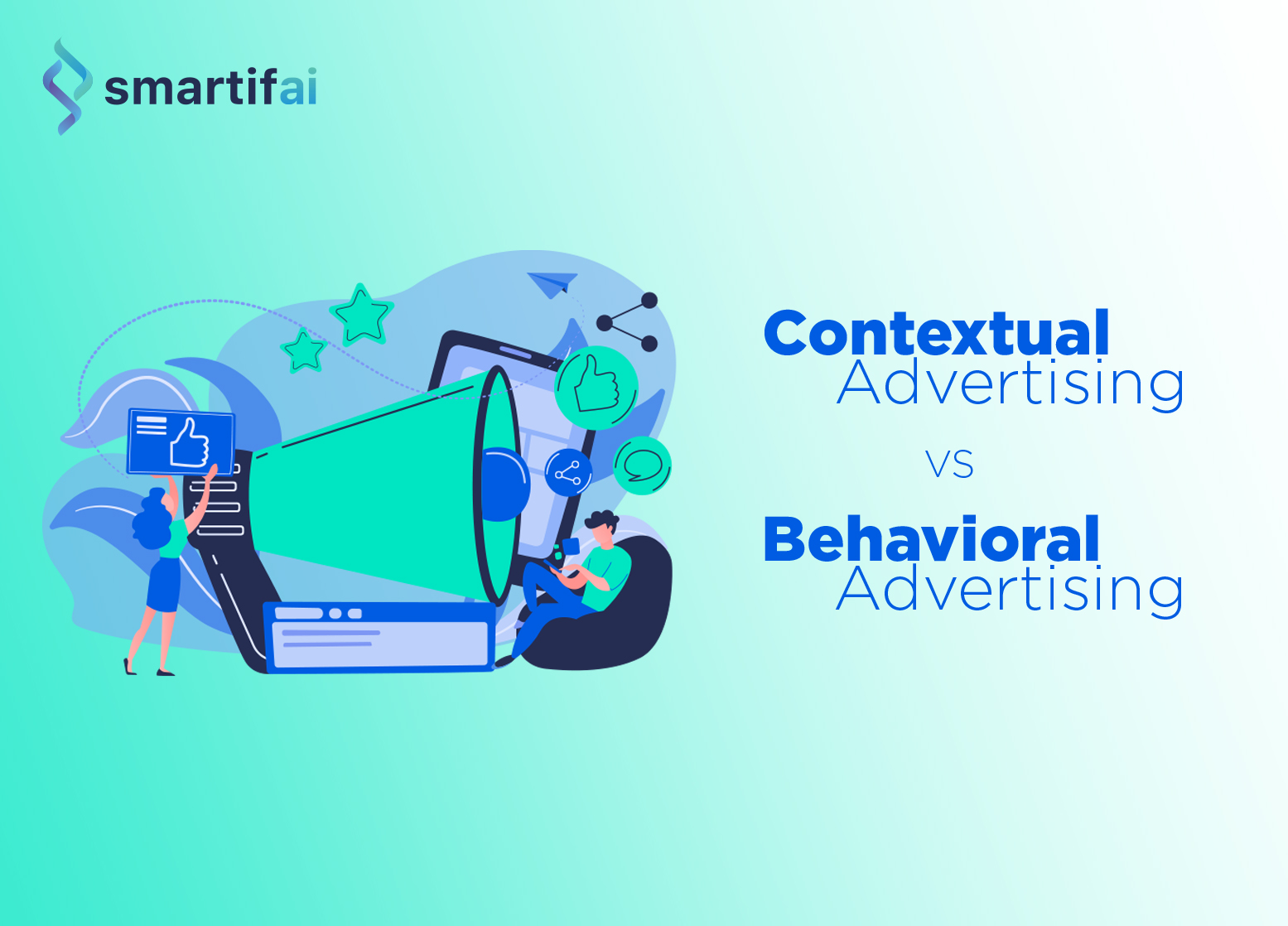
With the cookie era coming to an end and contextual advertising getting into the track, the main and most repeated question is that what is the difference between contextual advertising and behavioral advertising?
Now, that there is an understanding about contextual advertising, let’s see what behavioral advertising is. Behavioral Advertising serves ads based on the user’s web browsing behavior.
For example, if a user has searched about cosmetics, then they will target the customers intending that they are interested in cosmetics.
Behavioral advertising makes use of customers past searches to track their behavior and understand what kind of purchase they are going to make.
Now what is the major difference between these two methods?
In simple words, behavioral advertising makes use of customer’s personal data to provide ads to the prospective buyers, whereas contextual advertising places ads according to the content the customers are interacting with in the real time.
There is no doubt that both the methods are effective. But as the third-party cookie era ends and customers demand more privacy, advertisers are focused on exploring more sustainable ways to reach their audience, and contextual advertising is the best way to do so.
To conclude, Contextual advertising has emerged as a vital strategy for navigating the cookie-less era and reaching target audiences effectively. By understanding the principles of contextual advertising, harnessing the power of AI and machine learning, embracing a content-first approach, building sophisticated targeting strategies, marketers can maximize the effectiveness of their contextual advertising campaigns and drive meaningful results in the post-cookie world.